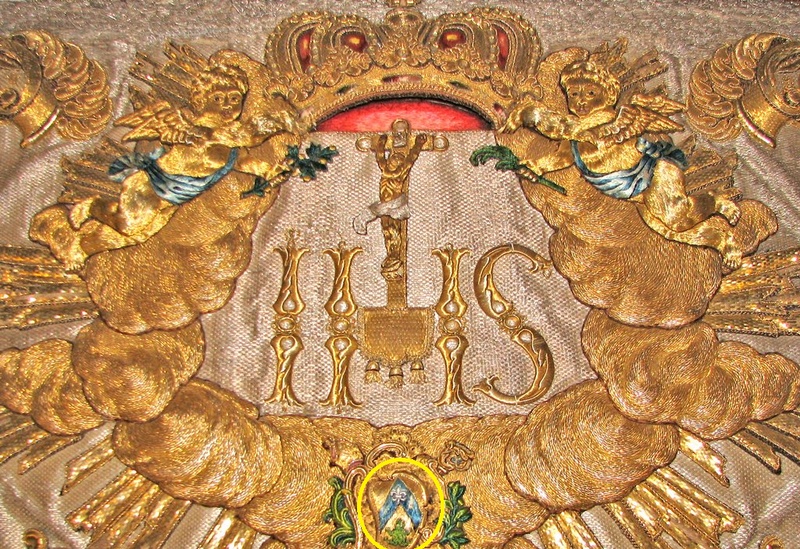Ancient Psychedelia: Alien Gods & Mushroom Goddesses
Online Book - Chapter 19, Page 361
Back to Online Book Mainpage / Next Page (Chapter 19, Page 362)
| There the pure bird hurries away from them abruptly, so that he may take hold of a secret refuge in a woody bower, a deserted place, hidden and concealed from many men. There he dwells and inhabits a tall tree in the forest, fixed by the roots under the roof of heaven. Men call that one the Phoenix on the earth, from the name of those birds. He has granted that tree, the Glory-Mighty King, the Measurer of Mankind, as I have heard, which is alone of all lofty trees on the earth-way, blossoming with the brightest. Nor can anything bitter injure it with evils, but it is shielded always, dwelling unscathed, so long as the world stands. (The Phoenix – 9th century poem attributed to Lactantius.) Chapter 19: Amaruka: Land of the Plumed Serpent In 1455, a papal bull was issued, “Romanus Pontifex,” which paved the way for Portugal to become fully Christianized. In a presentation given by the United Confederation of Taino People, the authors cite several sources, in describing the situation as it occurred in Portugal. This next paragraph is an excerpt from the presentation: “The papal bull ‘Romanus Pontifex’ of 1455, in which Pope Nicholas V instructed King Alfonso V of Portugal “to invade, search out, capture, vanquish, and subdue all Saracens and pagans whatsoever, and other enemies of Christ wherever placed... to reduce their persons to perpetual slavery, and to apply and appropriate to himself and his successors the kingdoms, dukedoms, counties, principalities, dominions, possessions, and goods, and to convert them to his and their use and profit...” (1) This bull concerned the Portuguese colonization of Africa. Regarding the ‘Americas,’ Ward Churchill states that a probable 100 million native peoples were ‘eliminated’ in the course of Europe's ongoing ‘civilization’ of the Western hemisphere.” (2) In 1493, Pope Alexander VI issued a Papal Bull to the king and queen of Spain and subsequently given to Columbus on his second voyage into the Caribbean. Inter Caetera granted unlimited rights to Spain in the “New World.” (3) Inter Caetera sanctioned Christian dominion and called for the subjugation of non-Christian peoples and their lands. (4) The colonial Spaniards claimed that “the bulls gave them the right to use just war to convert local populations who had refused to immediately accept Christianity.” (5) We can gain enormous insight into the conquering country of Spain, by reading the early writings of the explorers. At the time, the writings were meant to create an atmosphere back home that the travels were noble, worthy of the loss of life and family, and the will of god was supporting them. The Jesuits had established themselves in South America and quickly set to converting and taking over the country. Though, life was not as easy, since they were truly in foreign lands as a conquering people. In this next section, we read from The Historians History of the World by Henry Smith Williams from 1904: |
“The province of Rio de la Plata (modern Argentina) was established distinct from that of Paraguay, in 1620, and was afterwards called Buenos Ayres. The town of Buenos Ayres was founded by Pedro de Mendoza, in 1535, but was abandoned in 1538, and its inhabitants removed to Assumption, where a fort had been built two years before, by Ayolas, and named from the day on which he fought to defeat the natives on the spot where it was erected. Mendoza returned to Spain, and was succeeded as Governor by Ayolas, and on his death Irala was chosen to succeed him, but was soon deprived of his authority by Don Alvarez, who arrived with a commission from Spain. … Alvarez was seized by Arala and sent back to Spain, in 1544. The city of Assumption was erected into a Bishopric in 1547.” (6) Perhaps, coincidently, or conspiratorially, the letters IHS were adopted by the Jesuits as they’re emblem in the 17th century and we can see the red A. muscaris mushroom boldly displayed on a humeral veil of Dominican cardinal, Thomas Howard, c. 1600-1700 AD (65a).  (65a) Humeral Veil of Dominican Cardinal Thomas Howard c. 1600-1700 AD (1) Davenport 1917 (2)http://www.cafepeyote.com/files/ Papal_Bull_1493_Inter_Caetera.pdf (3) Gottschalk 1927 (4) Newcomb 1993 (5) Donovan 1992; http://www.cafepeyote.com/files/ Papal_Bull_1493_Inter_Caetera.pdf (6) Jesuits in Paraguay in 1586, in book The Historians' History of the World: Henry Smith Williams, 1904, page 567, bookmarked |
Go Back to Page 360